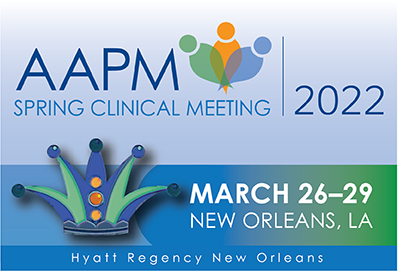Advancing Particle Therapy in the United States
Presentations
(Sunday, 3/27/2022) 4:30 PM - 5:30 PM [Central Time (GMT-5)]
Room: Celestin D-E
It has been slightly over a decade since the initial launch of scanning beam proton therapy (sPBT) in the United States. Since then, there are now several major leading hospital facilities across the country that have started to offer this modality for cancer radiotherapy. The sPBT technology was first introduced in the U.S. as a synchrotron-based delivery followed by a wave of facilities supported by cyclotron-based solutions. The initial years of sPBT were rich in learning on subjects of machine design, machine QA – treatment planning – patient QA – designing and reporting of major clinical trials. With now more than 190,000 patients having been treated with protons, this session will bring together physicists from particle therapy centers across the country to share their experiences relevant to what has been learned and what still needs to be explored. Attendees will learn how can we all contribute towards developing safer and effective solutions in proton therapy. This session is aimed to assist physicists better equip themselves with the “must-know” information in proton therapy, which broadens their base of knowledge and allows them to remain current with the technology even if they are not working with it routinely.
Learning Objectives:
1: Attendees will be Introduced or re-introduced to the “must know” current standards and “rules of thumb” of proton therapy.
2: Attendees will understand emerging technologies and delivery techniques that are to be translated into clinical practice shortly for both protons and other particle therapies.
3: Attendees will be able to compare and contrast traditional proton therapy, proton FLASH therapy, and Carbon Ion therapy, with a goal of understanding what patient populations and disease sites are best served by each and what the technical challenges are in bringing up the modalities clinically
Keywords
Protons, LET, Treatment Techniques
Taxonomy
Contact Email





